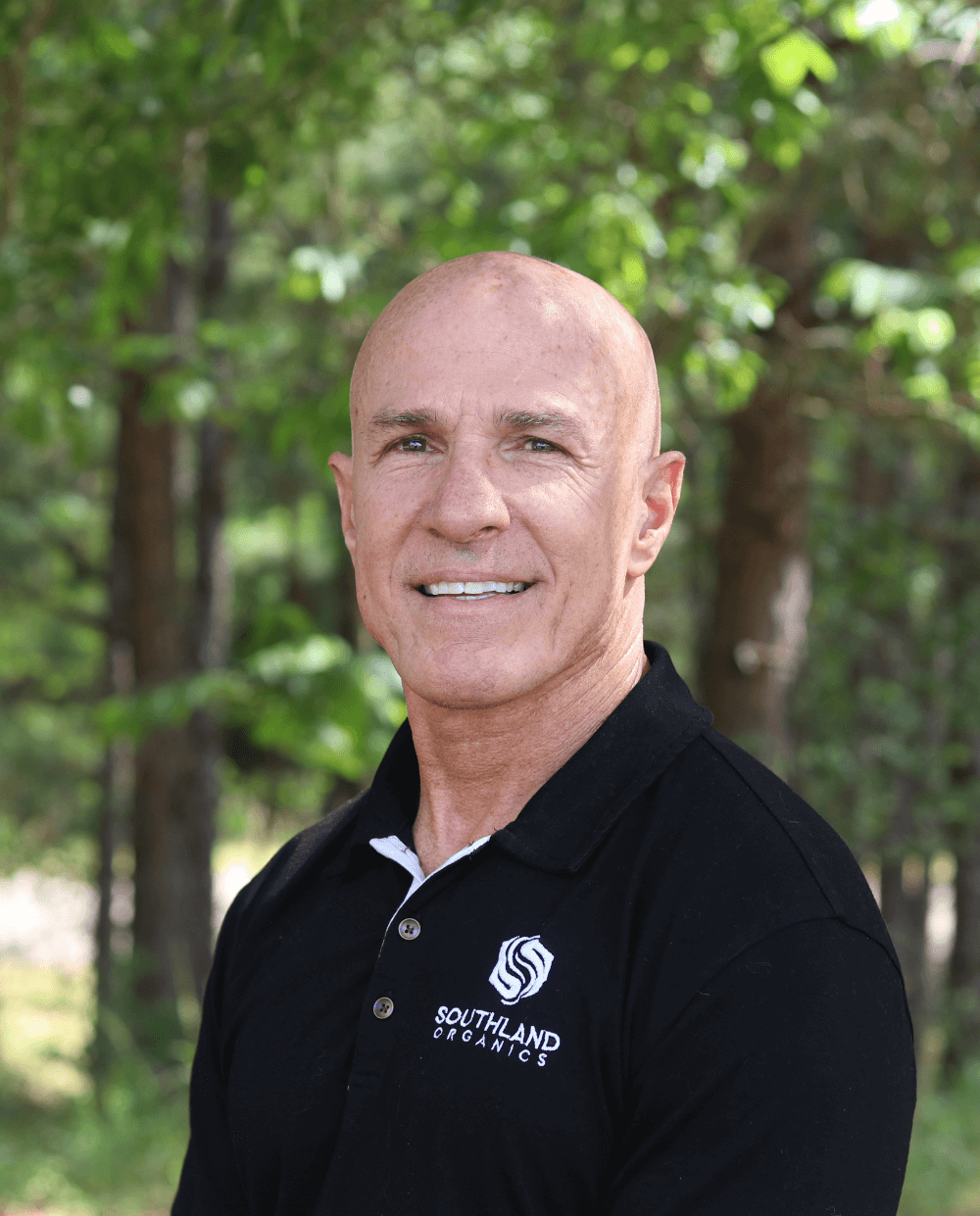We put our poultry supplement and probiotic to the test with two, third-party performance studies done by poultry science programs we knew farmers could trust: the College of Veterinary Medicine at the University of Georgia and the Southern Poultry Research Group.
We’ve all seen the outlandish claims products make on infomercials or dramatic advertisements. Usually, it doesn’t make me want to buy a product, it makes me hold my wallet a little tighter in skepticism. As consumers, we want to know products are trustworthy and are actually going to do what they claim.
When we founded Southland Organics in 2009, we did it because we knew there were solutions by God’s design in nature for the things that perpetually caused death and disease in our world. When it came to chickens, we focused on building up strong natural defenses by way of the immune system. That’s where Big Ole Bird got its start.
Over the years, we kept getting these amazing reviews...people would say things like, “you’re our secret weapon” or even, “you saved our farm.” While those are amazing things to hear, and helping farmers is why we exist, we wanted to test the science behind these accolades.
2016 Study
Our first trial was in 2016. It tested male Cobb-Vantress chickens that were challenged with necrotic enteritis caused by Clostridium perfringens (something many of you have dealt with in your own farms).
The experimental group that was challenged and given Big Ole Bird showed a significantly better feed conversion and lower mortality than challenged birds that didn’t receive Big Ole Bird treatment.
Study Results
Comparing the group given Big Ole Bird to the group that was not treated with Big Ole Bird, there was an average feed conversion ratio improvement of 16 points. In regard to mortality, there was a 6.2% mortality improvement in the birds given Big Ole Bird versus the birds not given Big Ole Bird.
Big Ole Bird significantly improved mortality and feed conversion ratios.
2018 Study
Later, we noticed a pattern in comments from our poultry customers’ vets about birds’ bursas, the sac-like lymphatic organ in poultry.
Many vets pointed out significantly better bursa health in birds from farms administering Big Ole Bird in comparison to the bursas in birds from farms not administering Big Ole Bird. We knew Big Ole Bird strengthened poultry’s immune systems but had yet to determine how.
The pattern prompted us to commission a trial in 2018, testing if bursas are, in fact, the how behind Big Ole Bird’s positive effects in poultry immune systems.
The trial was held in a SPRG poultry house testing facility with conditions similar to those in commercial broiler houses.
Two separate floor pens were created at one end of a house. Each pen had 50 Ross 708 parent stock males. Both pens were fed the same diet of starter feed from Day 0 through Day 21, then grower feed from Day 21 through Day 38. Both pens were identically topped with pine shavings and poultry litter that was previously challenged with Clostridium perfringens.
One pen was used as a control with no additional supplements given. The second pen was treated with Big Ole Bird in the drinking water.
Monitored Factors
- Antibody titers to a Newcastle disease vaccination as an indicator of immune response
- Body weights
- Bursa weights
- Bursa to body weight ratio
- Gross bursal score
- Microscopic bursal score
Similar to human bone marrow, the primary purpose of bursa is to produce antibodies—the natural defense system that fights off harmful bacteria and disease.
Traditionally, a higher bursa to body weight ratio is considered good. Typically, the ratio increases in the first few weeks in meat-type birds due to stronger bursa development and growth. Past studies have shown that the ratio begins to decrease around week 6 due to bursa stabilization and increased body weight.
Study Results
Body weights were measured at Day 17 and Day 38. No significant differences were seen at Day 17, but at Day 38, weights were significantly larger in the group treated with Big Ole Bird. The birds administered Big Ole Bird saw nearly an extra half pound of weight gain! Y’all know that translates to profit for you, as the farmer. Not only that, but the birds treated with Big Ole Bird had a seven point feed conversion ratio improvement. Y’all know that these results translate into real cost savings and profit boosts for you.
With both of these studies, we have some real results that show Big Ole Bird leads to an improved feed conversion ratio, decreased mortality and increased weight gain.
We’re not here to blow smoke or distort reality. Good reviews are awesome, and we want to know if your operation is better because of a product we provide—please let us know.
But we are people of our word, and we had to know the science behind the success.
If we can help you make your farm stronger with a natural solution or you simply want to chat and learn more, connect with me, Allen Reynolds, at 800-608-3755 or allen@southlandorganics.com.
And if you haven’t subscribed to our YouTube channel yet, be sure to! You’ll get notifications of new videos as soon as they’re uploaded, and you won’t have to wait for our email to bring them to your inbox. We’re here to bring you helpful content as much as possible!
To request the full study results, email allen@southlandorganics.com.
For more information about the Big Ole Bird and to purchase: https://www.southlandorganics.com/products/poultry-probiotic.







